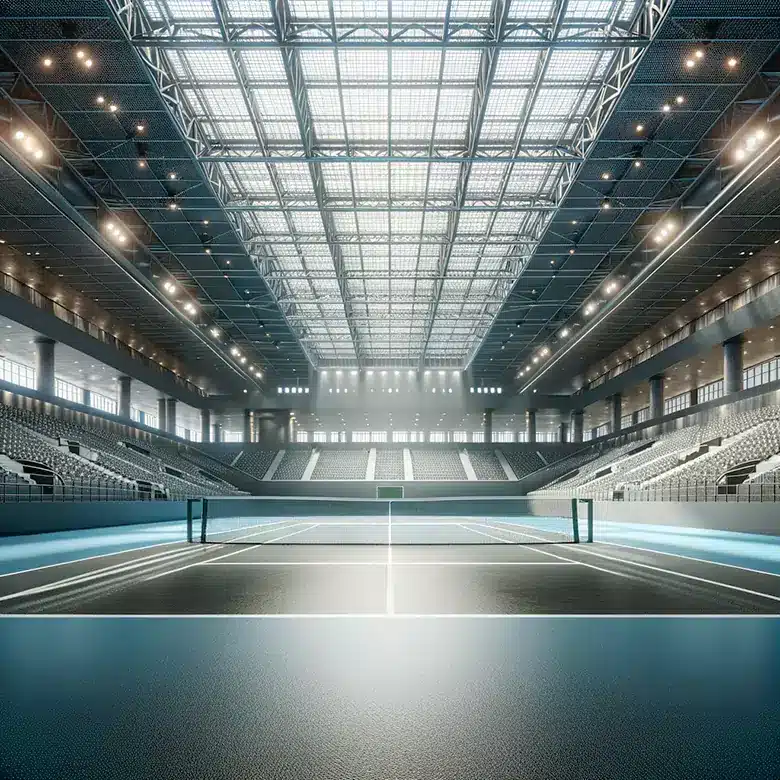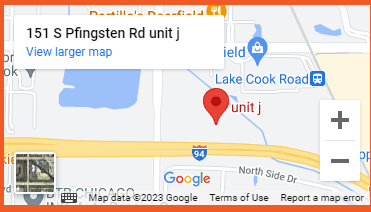The decision to build an indoor tennis court brings a host of benefits and considerations, especially regarding the construction cost. Home Court Advantage, a seasoned player in designing and installing these courts, understands the intricacies involved. Let’s explore the factors influencing indoor tennis court construction costs and provide estimates to help you make an informed decision.
Factors Influencing Construction Cost
- Size and Layout: The dimensions of your indoor tennis court are pivotal in shaping the construction cost. Typically, a standard tennis court spans 60 feet by 120 feet. However, custom sizes can vary to fit personal preferences or the constraints of the available space, affecting the quantity of materials needed and the overall labor required for construction.
- Foundation and Structure: The underlying soil conditions and the court’s geographic location significantly influence the foundation’s choice. Different structural options, such as air-supported structures, tensioned fabric structures, or traditional steel-frame buildings, offer varying durability and cost implications. Each choice carries its own set of challenges and expenses, impacting the total project cost.
- Surface Material: Selecting the court surface is a critical decision that directly affects gameplay and budget. Options range from high-end concrete or clay to more affordable sport-court tiles. The chosen material dictates the playing experience and contributes a significant portion to the project’s total expenditure. High-quality materials may increase upfront costs but can offer better longevity and less maintenance over time.
- Lighting and Electrical Work: Proper lighting is crucial for residential indoor tennis courts to ensure playability at all hours. The installation involves upfront costs for fixtures and labor, plus the ongoing cost of electricity. Energy-efficient solutions can reduce long-term expenses, but the initial installation will impact the project’s budget.
- HVAC Systems: An appropriate heating, ventilation, and air conditioning system is essential to maintain comfortable playing conditions year-round. This system adds to the initial construction costs and influences the ongoing operational expenses due to energy consumption.
- Additional Amenities: Incorporating amenities like spectator seating, locker rooms, and showers can significantly enhance the user experience but will also increase the construction costs. These facilities require additional space, materials, and labor, elevating the overall budget.
- Building Codes and Regulations: Compliance with local, state, and federal regulations is non-negotiable and can influence overall costs. Requirements can vary greatly between locations, impacting the costs related to permits, inspections, and construction standards. Ensuring compliance can prevent costly modifications or legal issues later on.
Key Considerations for Indoor Tennis Court Construction Costs
Constructing an indoor tennis court is a considerable investment influenced by various factors, including size, structure, and added amenities. Here, we present a detailed breakdown of the potential costs involved:
- Overall Cost Range: Creating an indoor tennis court can involve a diverse range of expenses. This encompasses various factors such as court dimensions, structural intricacies, and additional facilities like seating and locker rooms. The choice between a standard setup and a more luxurious court significantly impacts the overall expenditure.
- Foundation and Framework: The foundational work and framing constitute the fundamental structure of the court, typically requiring a substantial investment. Costs in this category can vary based on factors such as the materials used and the site’s soil conditions.
- Roofing, Walls, and Flooring: These elements are integral to the court’s functionality and appearance, with their combined costs forming a significant portion of the overall expenditure. Material selection plays a crucial role here, with options ranging from basic to premium, each affecting the total cost.
- Lighting, Electrical, and HVAC: Ensuring proper illumination and climate control within the indoor facility is essential for a comfortable playing environment. Costs for installing lighting, electrical, and HVAC systems can vary depending on factors like energy efficiency and system complexity, with long-term operational savings often considered in the investment decision.
- Permits and Inspections: Obtaining the necessary permits and passing inspections are crucial steps in the construction process. These legal requirements ensure that the court meets all local, state, and federal regulations, adding expense to the overall cost. The price for permits and inspections varies by location and can influence the project’s timeline and budget.
Conclusion
Building an indoor tennis court is a substantial investment that varies based on numerous factors. While it can enhance property value and provide year-round playing opportunities, it’s crucial to thoroughly plan and budget for this project. Engaging with professionals like Home Court Advantage can help ensure that your court is built to high standards while adhering to all necessary regulations and fitting within your budget. You can always reach out to the expert team of Home Court Advantage to get a personalized quote tailored to your specific needs. Our dedicated professionals are ready to assist you every step of the way, ensuring your indoor tennis court project meets your expectations and budget.
By considering all the aspects mentioned and working with experienced contractors, you can create a space that brings lasting value and enjoyment.

Nate Parsons is the owner of Home Court Advantage, a leading manufacturer and supplier of premium residential and commercial athletic courts based in Northern Illinois. With a strong background in therapeutic recreation and business from York College, Nate has excelled in the sports industry, from college tennis to national rankings in platform tennis. He has served as the Director of Racquet Sports at Glen View Club, President of the Professional Platform Tennis Association, and as a teaching professional in tennis, pickleball, and platform tennis. Nate is also the founder of Pickleball AI, a platform for tracking players and points, and Club Dink, a pickleball brand that brings fun to the game.











